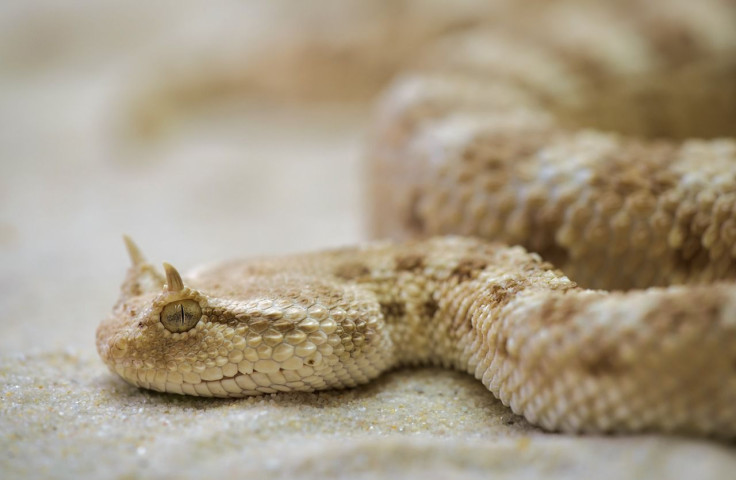Rare Fungal Disease Causes Snakes To Appear Like 'Mummies'

It isn't only humans who could suffer from fungal diseases because snakes can too. This came into the light after a snake that looked like a "mummy" was found in California. It had crusted scales and was emaciated.
The snake was spotted at the side of the road in Plymouth, Amador County. It was then submitted to the Tri-County Wildlife Care to be rehabilitated. This was the account made by the California Department of Fish and Wildlife.
Due to the existence of the disease, and to further understand the rare fungal illness that the snake caught, it was said to have been “humanely euthanized” so that it could be closely examined post-mortem. It was sent to the place where the fungus was detected.
Live Science initially reported on the rare snake fungal disease (SFD). According to the science authority, SFD is not necessarily life-threatening. Signs that a snake has the disease would include skin ulcers, scabs, crusted scales, and a disfigured face.”
The case in Amador County wasn’t the only one as there was another discovered case in Sacramento County. This time, it was found on a Florida watersnake. Just like the previous snake, the one in Sacramento was also emaciated, which, according to CDFW, might be because of the reduced ability of the snake to capture prey due to its condition.
The disease may be transmitted from one snake to another, but not from snake to humans. A snake can contract the disease through direct contact with infected snakes. It could also be passed on from the mother to its offspring. Skin abrasions are another way of contracting the disease.
As per NYPost’s report, the rare snake fungal disease was first detected in 2008. From the time it was found, more than 30 snakes were spotted to have it. The disease spanned across the U.S. and Europe. In the year 2018, the same disease was found in the U.S. and in Canada, in Idaho and Ontario, respectively.
The degree of effect of the disease on a particular snake would depend on the species. The agency has established that one species react differently to the disease as compared to another. There are those that die, and there are those that only exhibit manageable infections.
© Copyright IBTimes 2024. All rights reserved.





















